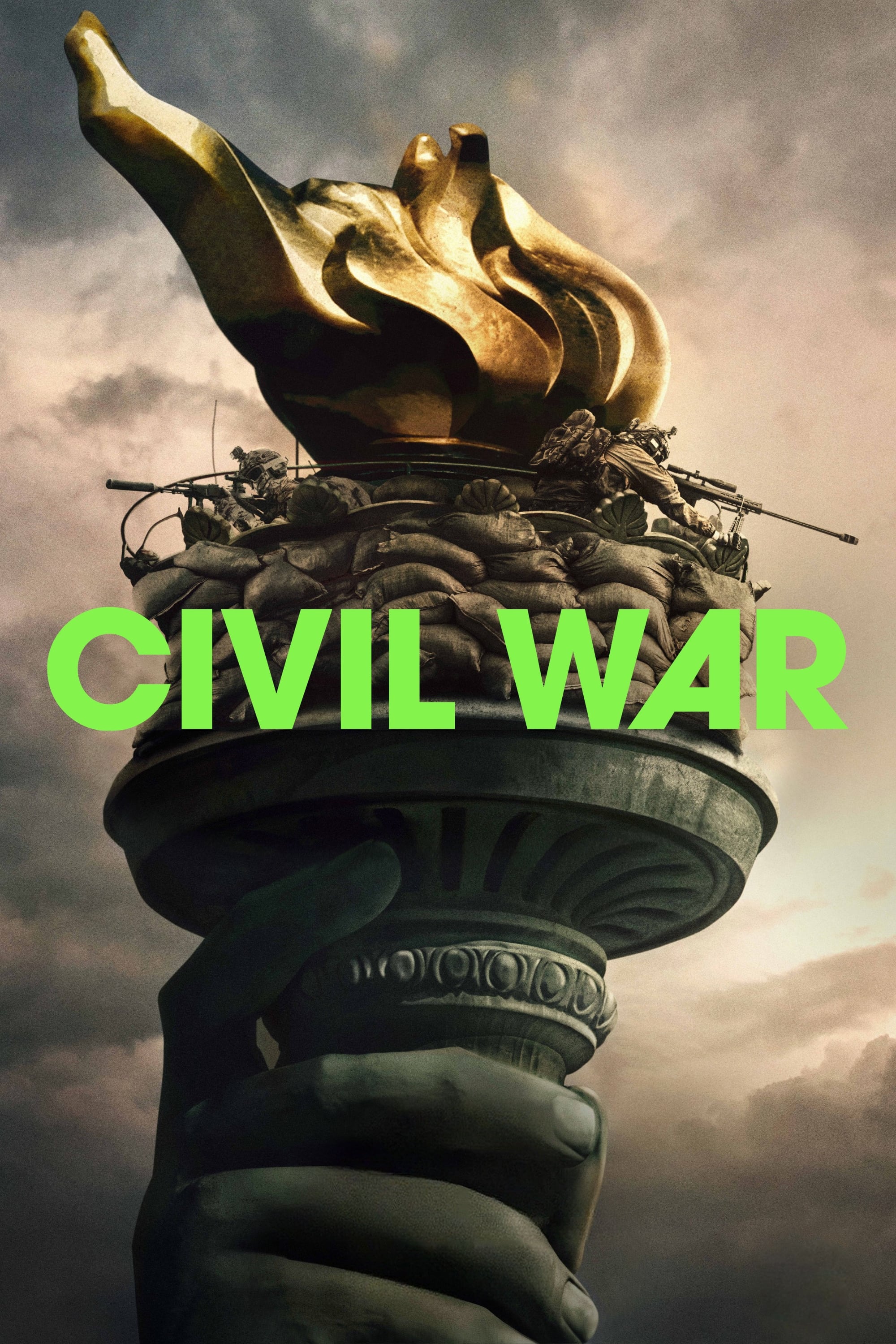
In the near future, a group of war journalists attempt to survive while reporting the truth as the United States stands on the brink of civil war.
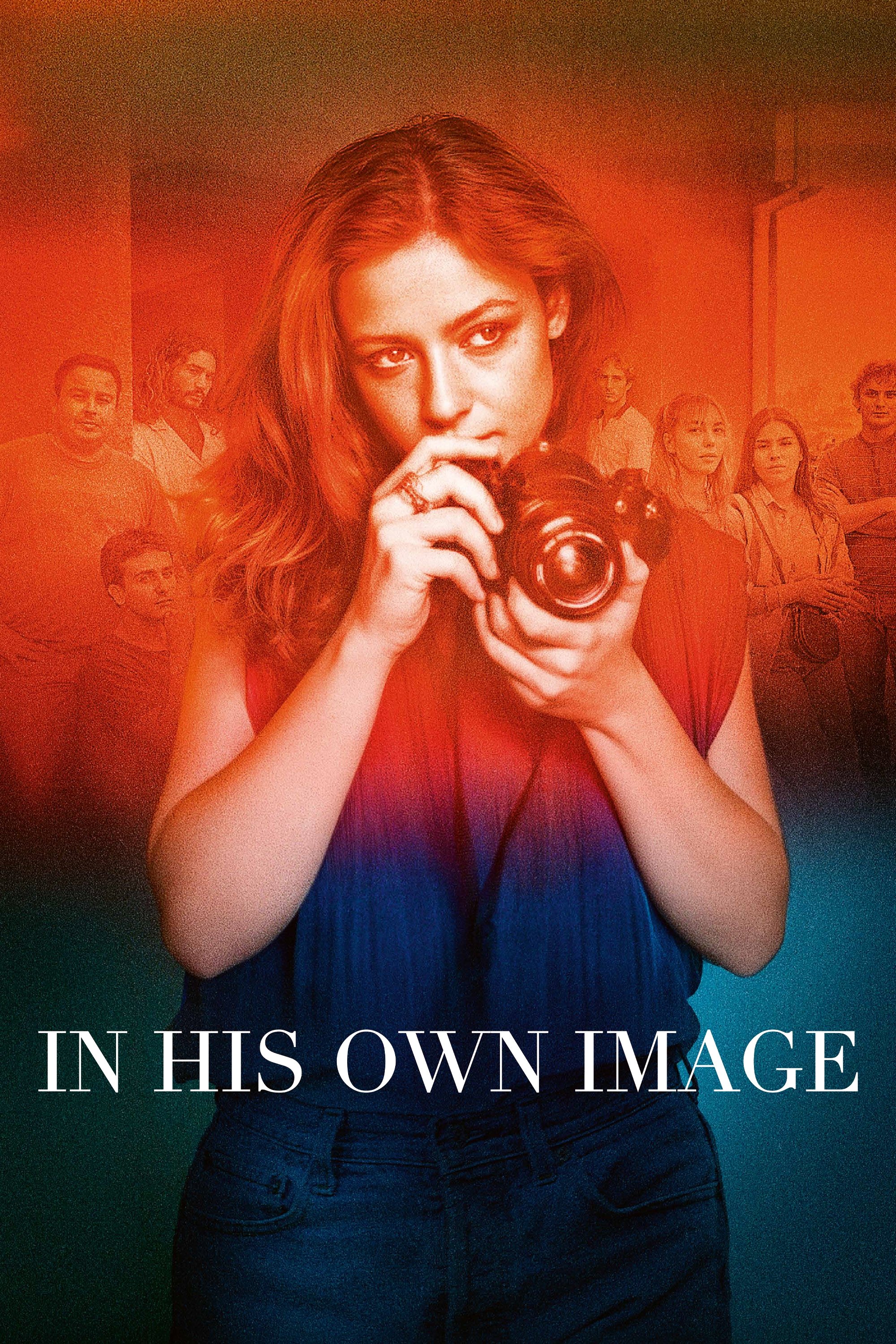
Fragments of the life of Antonia, a young photographer for a local newspaper in Corsica. Her commitment, her friends, and her loves intertwine with the major political events of the island, from the 1980s to the dawn of the 21st century. It is the fresco of a generation.
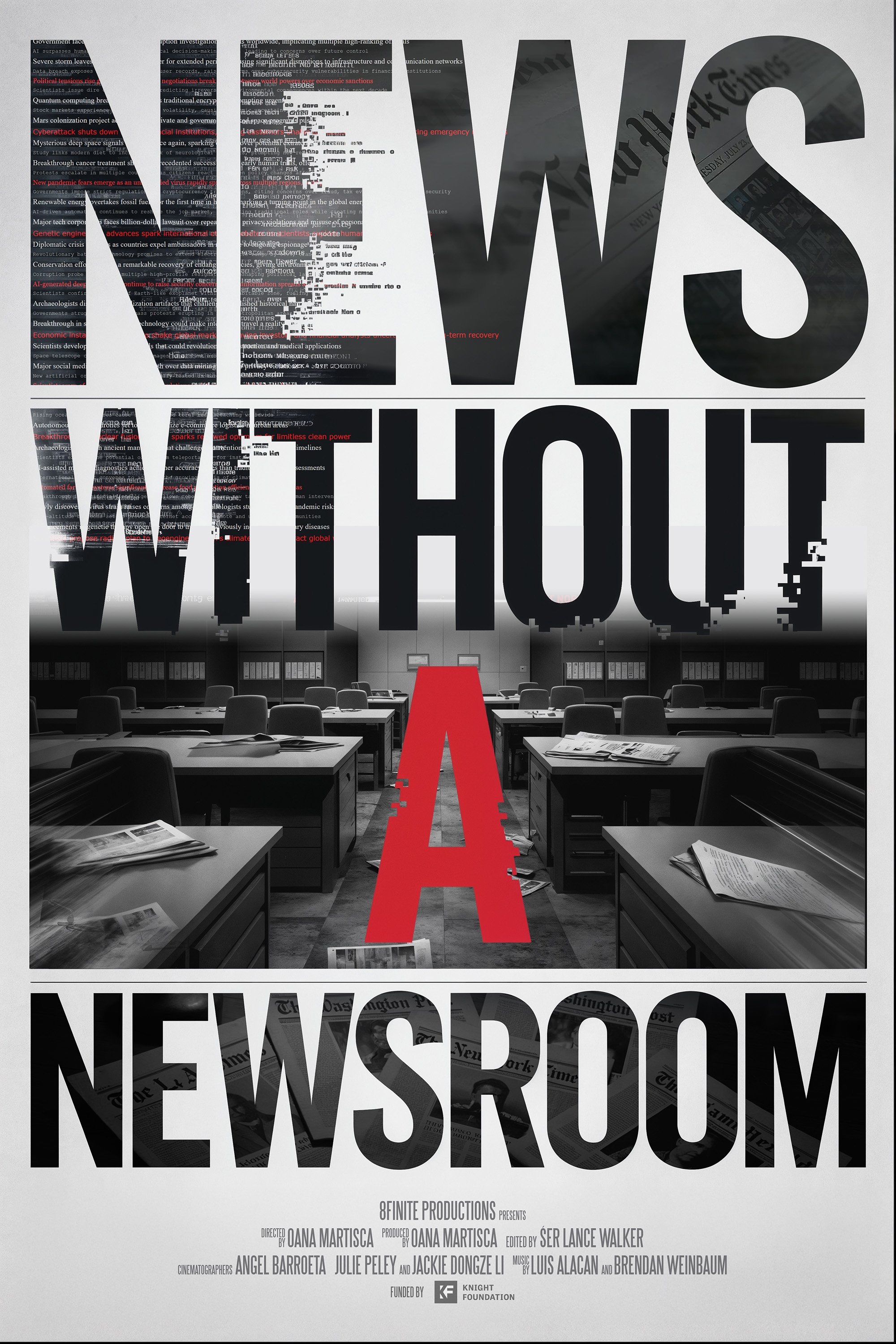
As local newsrooms vanish, "News Without a Newsroom" explores journalism's uncertain future in the digital age. Through powerful stories and expert insights, the film examines the collapse of traditional media, the rise of misinformation, and the fight to preserve truth, trust and accountability in an era of disruption.
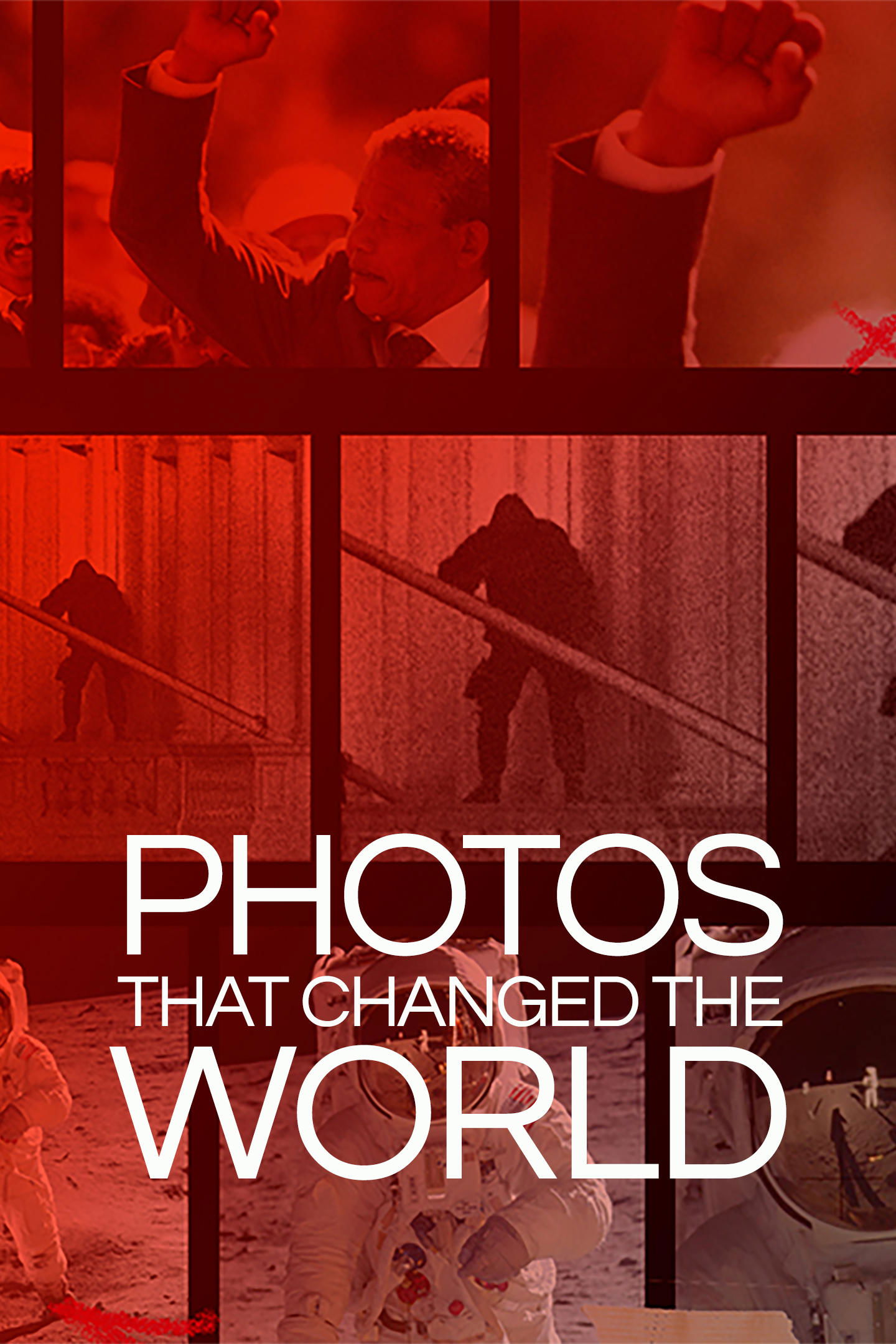
Special series looking at the defining moments of the last century, caught on camera. Hear the stories behind world-changing photos from photographers, eyewitnesses, reporters, historians and more.
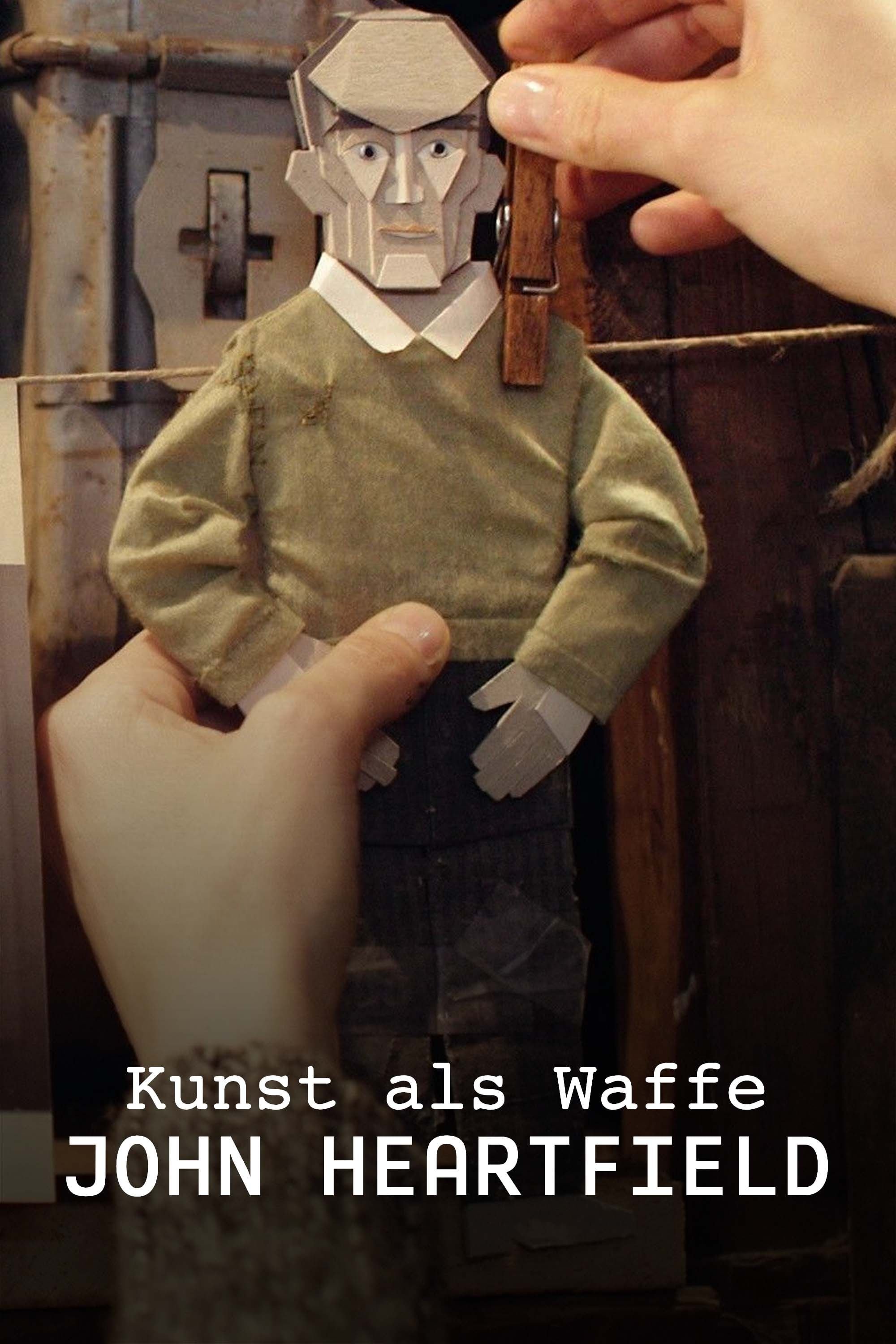

A journey through the life and outstanding work of the Spanish photographer and filmmaker Ramón Masats.
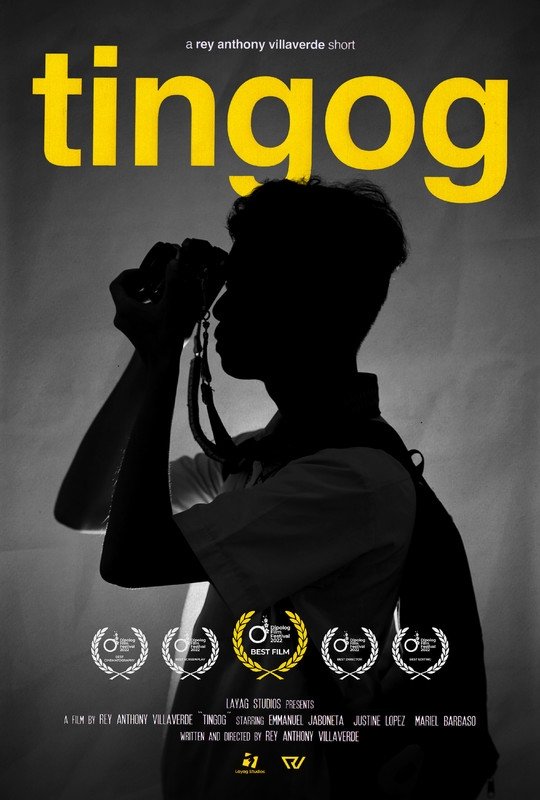
Raymond, a deaf working student aspires to become a school paper photographer. Set in 2009, Raymond refuses to let his disability prevent him from being a voice.

After the discovery of a suitcase hidden in the family home of Francisco Martínez Gascón, known as Kautela, a photojournalist who lived through the Spanish Civil War from the perspective of the rebel side, his granddaughter decides to carry out an investigation into his life and work.

Winter 2019. Spanish war photographer Gervasio Sánchez, who documented with his camera the long and tragic siege of Sarajevo during the Bosnian War (1992-95), returns to the city in search of the children he met among the ruins, those who survived to grow up, live and remember.

A look at the work of a group of reporters and photographers from EFE, a Spanish news agency founded in 1939, which is celebrating its eightieth anniversary. A journey around the world —Mexico, Congo, USA, Libya, France, Spain, China and the Chilean Patagonia— with the purpose of honoring all people who work in the shadows, tirelessly seeking the truth in the era of social networks and fake news.
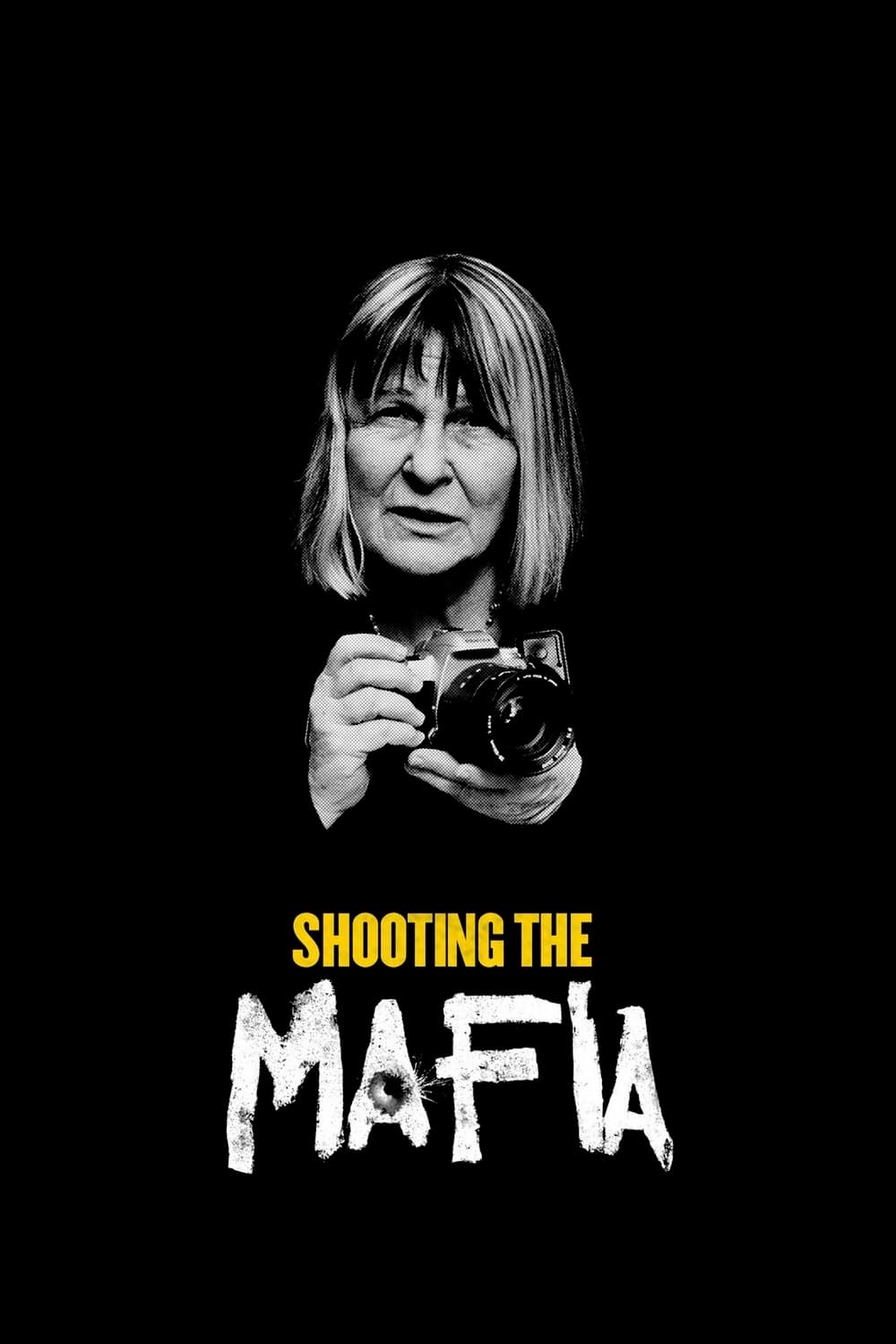
Sicilian photojournalist Letizia Battaglia began a long battle against the ruthless Cosa Nostra when she first photographed the sinister scene of a brutal murder. Documenting the barbaric rule of the Italian Mafia, she was an unwavering witness to its crimes. Her art and courage helped end the horrific and bloody reign of the Corleonesi clan.

The testimony of the men who unwittingly became war photographers on the streets of their own towns in Northern Ireland, when violence erupted around them. Instead of photographing weddings and celebrities, as they expected, they produced the images that crudely show the suffering of ordinary people between 1968 and 1998, the worst years of the conflict.
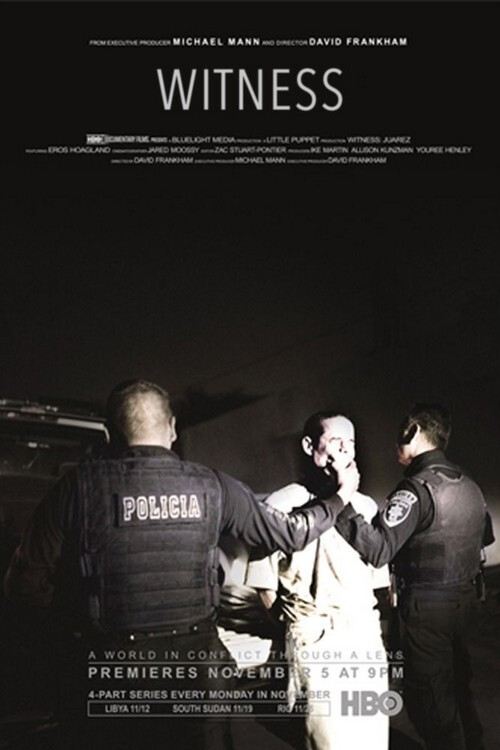
Drug trafficking, poverty, gang violence, corruption and ethnic warfare have created some of the most dangerous hot spots on Earth. Follow our current generation of photojournalists into these conflict zones, see what compels them and experience why, when everyone else seeks cover, the photojournalist stands and moves closer.
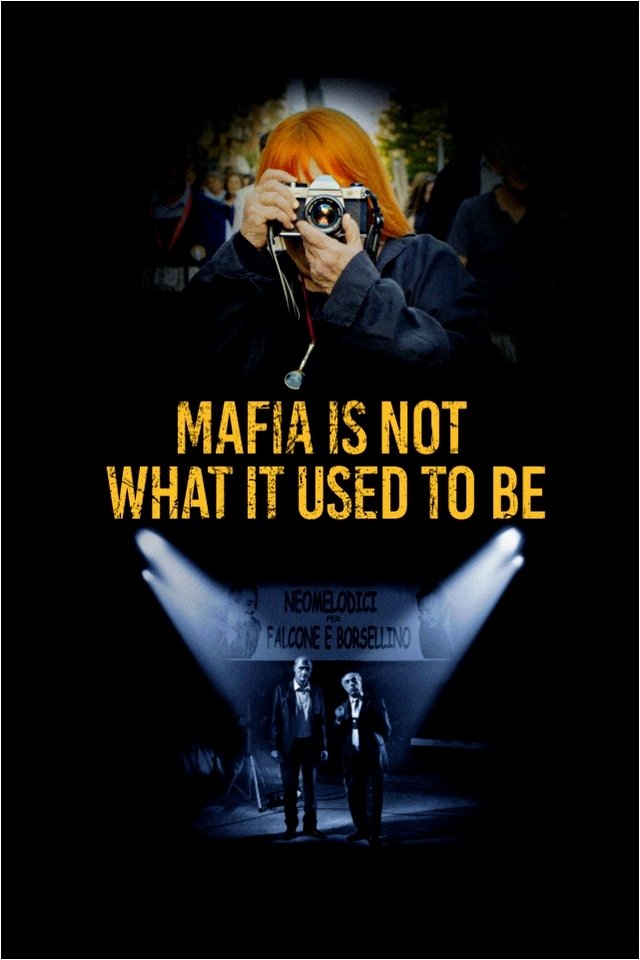
Palermo, Sicily, Italy, 2017. Twenty-five years after the murders of anti-mafia judges Giovanni Falcone, on May 23, 1992, and Paolo Borsellino, on July 19, 1992; and on the occasion of the tributes held in memory of both heroes, skeptical photographer Letizia Battaglia, chronicler of their titanic combat, criticizes the opportunism of shady characters who, like businessman Ciccio Mira, profit from the commemoration of both tragedies.

A passionate holiday romance leads to an obsessive relationship when an Australian photojournalist wakes one morning in an abandoned Berlin apartment and is unable to leave.
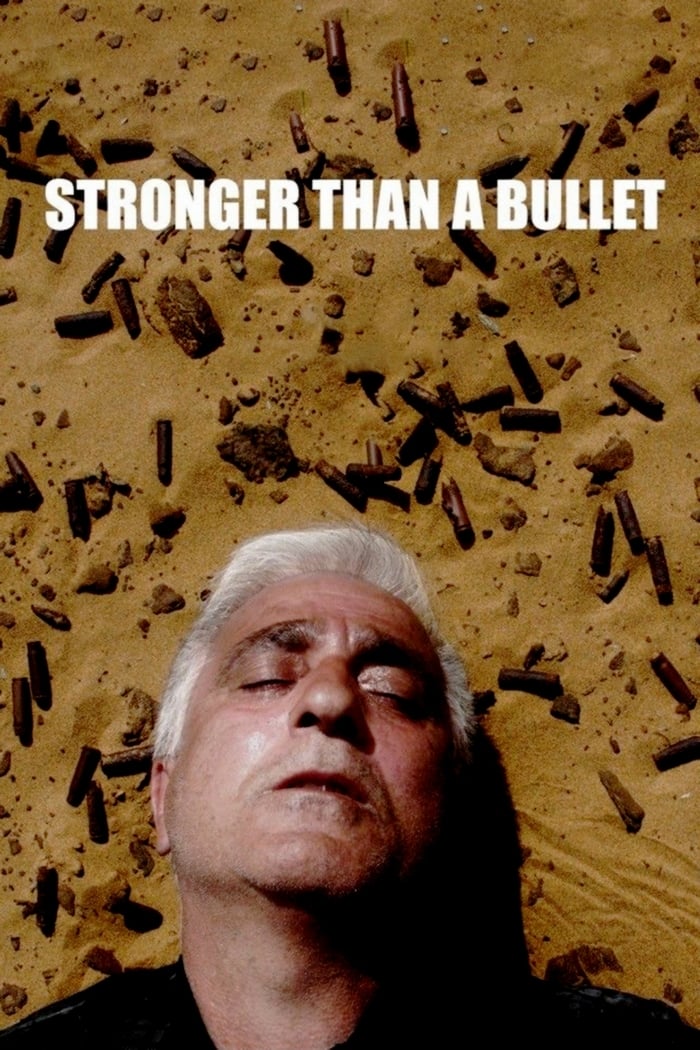
Iran, January 16th, 1979. Shah Mohammad Reza Pahlavi flees after being overthrown. Ayatollah Khomeini returns to Tehran and proclaims the Islamic Republic on April 1st, 1979. In the same year, Saddam Hussein seizes power in Iraq and, after several border skirmishes, attacks Iran on September 22nd, 1980, initiating a cruel war that will last eight years. Since its outbreak, correspondent Saeid Sadeghi documented it from its beginning to its bitter end.

Kaci Evans, a socially awkward photojournalist who can’t seem to come to grips with the death of his mother. As a child, Kaci was psychologically traumatized after seeing his mother monstrously mauled by a large canine. Now that Kaci is an adult, he suffers constant night terrors and flashbacks to the time his mother was murdered. After numerous visits with his psychiatrist, Dr. Ezay, Kaci starts to question whether his nightmares are repressed memories, or are they something far more sinister?

Thomas Veil is a documentary photographer who, in the course of one evening, seemingly has his whole existence erased...

Fearing she may be responsible, a mental patient (Jennifer Jason Leigh) tries to unravel the mystery behind her ex-lover's (Martin Henderson) disappearance.
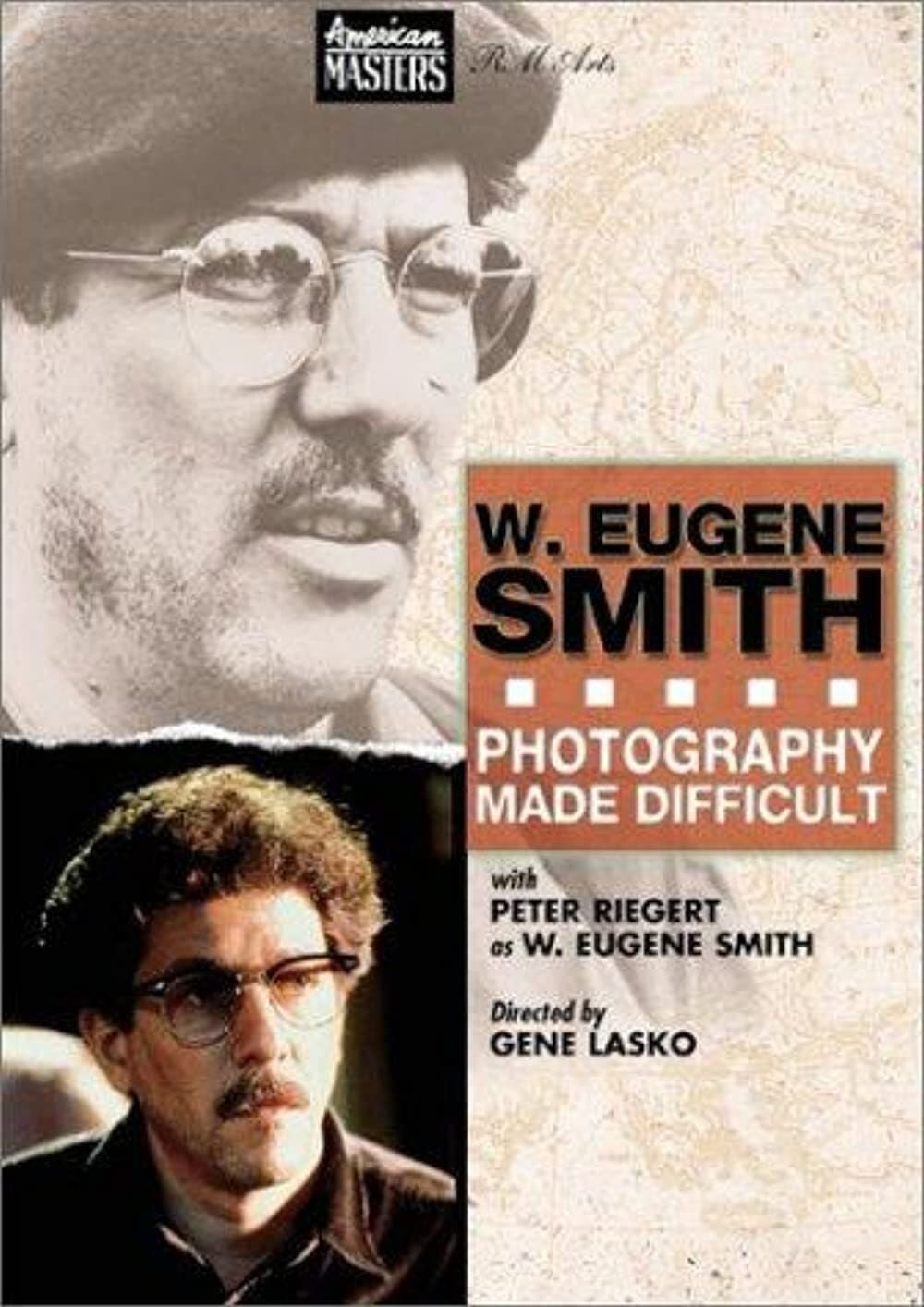
The war in the South Pacific, a country doctor in Colorado, victims of industrial pollution in a Japanese village — all were captured in unforgettable photographs by the legendary W. Eugene Smith. This program showcases over 600 of Smith’s stunning photographs and includes a dramatic recreation in which actor Peter Riegert (Crossing Delancey, Local Hero) portrays the artist using dialogue take from Smith’s diaries and letters. Interwoven through the program are archival footage and interviews with family and friends of this brilliant, complicated man, whose work developed from twin themes of common humanity and social responsibility.
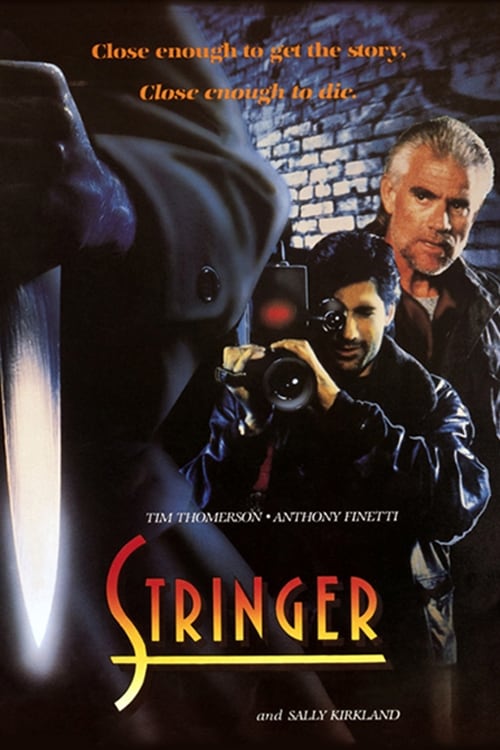
A young freelance video journalist and an ex-cop discover a serial killer and track him down.
During a military uprising known as “El Porteñazo”, a priest is photographed while trying to help a soldier wounded in combat. The photo travels the world and is awarded the most important prizes in photojournalism, such as the Pulitzer Prize and the World Press. Throughout this documentary, photographers, editors and witnesses reveal various aspects surrounding that image: who is the priest, who was its author, the events that surrounded the photographic event, what was its political role and what said image represents in the history of Venezuelan journalism. Additionally, it allows the presentation of other photographs, some unpublished, that Rondón managed to capture in those difficult moments.

Photojournalist Nika Printz is struggling to accept the mysterious death of her younger brother when she discovers his obsession with trepanation; an ancient procedure that involves drilling a hole in one's head.
By browsing this website, you accept our cookies policy.